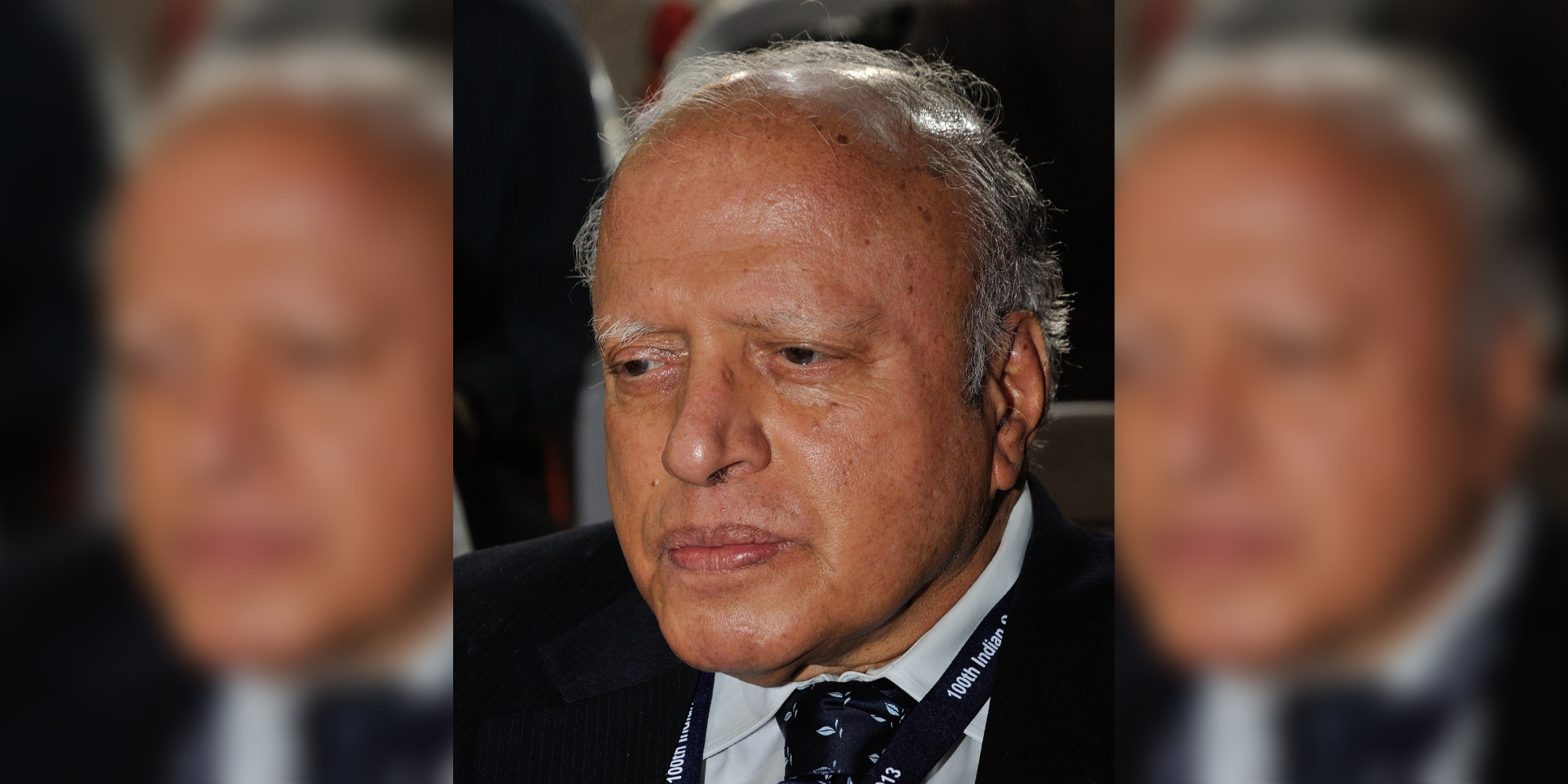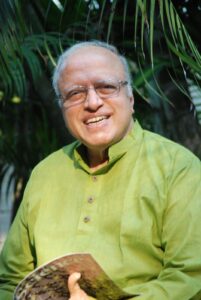Prof Swaminathan breathed his last on 28 September at his residence in Chennai. He was 98. He is fondly remembered.

File photo of MS Swaminathan. (Wikimedia Commons)
Father of the Green Revolution, recipient of the first World Food Prize, and recipient of numerous national and international awards, including the Padma Shri, Padma Bhushan, Padma Vibhushan, and Ramon Magsaysay award — if you can believe it, the awards were only a part of Mankombu Sambasivan Swaminathan’s incredible achievements.
It is indeed true that the late MS Swaminathan was a larger-than-life personality.

Swaminathan breathed his last on 28 September. He was 98. (Supplied)
He developed high-yielding varieties of rice to ensure food security, introduced mechanised agriculture to farmers, and played a crucial role in India’s transformation from a food-scarce nation to one of the leading nations of rice production.
Professor Swaminathan did not settle with the success of the green revolution. Swaminathan, a plant geneticist by training, and Founder-Chairman and Chief Mentor of the MS Swaminathan Research Foundation (MSSRF), Chennai, has long been an advocate of sustainable agriculture, of the move from the “green” to an “evergreen revolution” to ensure food and nutrition security for all.
Till he breathed his last on Thursday, 28 September, at 11:20 am at his Chennai residence, MS Swaminathan was instrumental in developing policies that strengthened the rights of farmers, fishermen, and the tribal population.
Even until 2021, Professor Swaminathan would respond to all his mails personally, says V Selvam, former executive director of MSSRF. Selvam, who joined the foundation as a senior research fellow in August 1992, worked with Swaminathan on mangrove conservation, millet promotion, and climate resilience. He retired as executive director of the foundation in 2019.
Despite knowing about his deteriorating health, Selvam mailed Professor Swaminathan 15 days ago about climate resilience. “I knew that he would not read it, but it is a tradition I cannot forgo. He used to give valuable inputs and view theoretical materials from a practical point of view,” Selvam recalls.
Selvam, who worked as a consultant to the professor even after retiring from the organisation, finds it hard to accept his death. “It is an irreplaceable void,” he says, in a tone that deepens our own sadness.
People at MSSRF recollect the professor as a friendly, humble, and soft-spoken man. “Professor used his influence to drive policy and action for farmer welfare. He was action-oriented, practical, and a visionary,” says an employee, who has been associated with the foundation for two decades.
Jayashree Balasubramanian, former director, communications, MSSRF, writes on LinkedIn:
Keeping up with trends: At the age of 89, Prof fascinated by social media platform Twitter and the opportunity it held for reaching people, took to it with great enthusiasm and regularity, providing depth and much needed scientific interventions in this space. He often pores over his tab, checking notifications and looking at what others are posting on Twitter. “It shouldn’t become one-way” he often reminds me. “I must also respond to those who have queries.”
This is probably the only workplace that I have been asked “Are you happy?” by Prof of course. “It is important” he told me seriously once, when I just smiled back at him.
Professor Swaminathan utilised the prize money received from the Indira Gandhi Peace Prize in 1999 to construct the Touch and Smell Garden at the MSSRF campus — one of Chennai’s first inclusive green spaces designed for the visually challenged, where they could read Braille script to know more about the plant species and smell them too.
The baseline of the Biological Diversity Act, 2002, which protects threatened species and the knowledge of local communities regarding biodiversity, was prepared by Swaminathan.

MS Swaminathan, father of the green revolution, with V Selvam, former executive director of MSSRF, in 1992. (Supplied)
The first draft of the Biological Diversity Bill, 1997, put together by a committee headed by Professor Swaminathan sought to place a framework to regulate access to biological resources and traditional knowledge, fundamentally accepting that these were indeed tradable commodities.
The act went through many iterations and included strong conservation practises and strengthened indigenous knowledge.
Millets might be on its way to become staple food and is gaining global attention, with 2023 marked as the International Year of Millets by the United Nations General Assembly. But it was Swaminathan that initiated the discourse on millets way back in the 1990s.
“He developed the 4C concept — cultivation, consumption, conservation, and commercialisation — a strategy that is now being followed by the Odisha government,” says Selvam.
Swaminathan also reviewed the Coastal Regulation Zone (CRZ) Notification 1991. “The notification went through various amendments and the professor played a crucial role throughout it,” recalls Selvam. The CRZ notification demarcates zones, protects coastal ecosystems, and forbids developmental activities in a few zones rich with marine life.
Swaminathan headed many expert committees to research and provide a detailed review of the CRZ notification, the status of its implementation, gaps, and mitigation mechanisms, to tweak the coastal zone management in India.
He was a visionary. Swaminathan was instrumental in mangrove conservation. Genetic resources of mangroves will be of great value to people in the future, even if there is vast salination. “The professor said that the saline areas can be made productive through the saline tolerance of mangroves,” says Selvam.
Swaminathan proposed conservation of biodiversity through establishing parks — a move incorporated by former Tamil Nadu chief minister M Karunanidhi by establishing Semmozhi Poonga in Chennai. “The idea was to plant trees that would be suitable for the land and soil types,” Selvam notes.
Among other ideas, Swaminathan was pursuing a law to recognise traditional rights of fishermen at coasts.

Jul 26, 2024

Jul 25, 2024

Jul 21, 2024

Jul 21, 2024

Jul 21, 2024

Jul 21, 2024